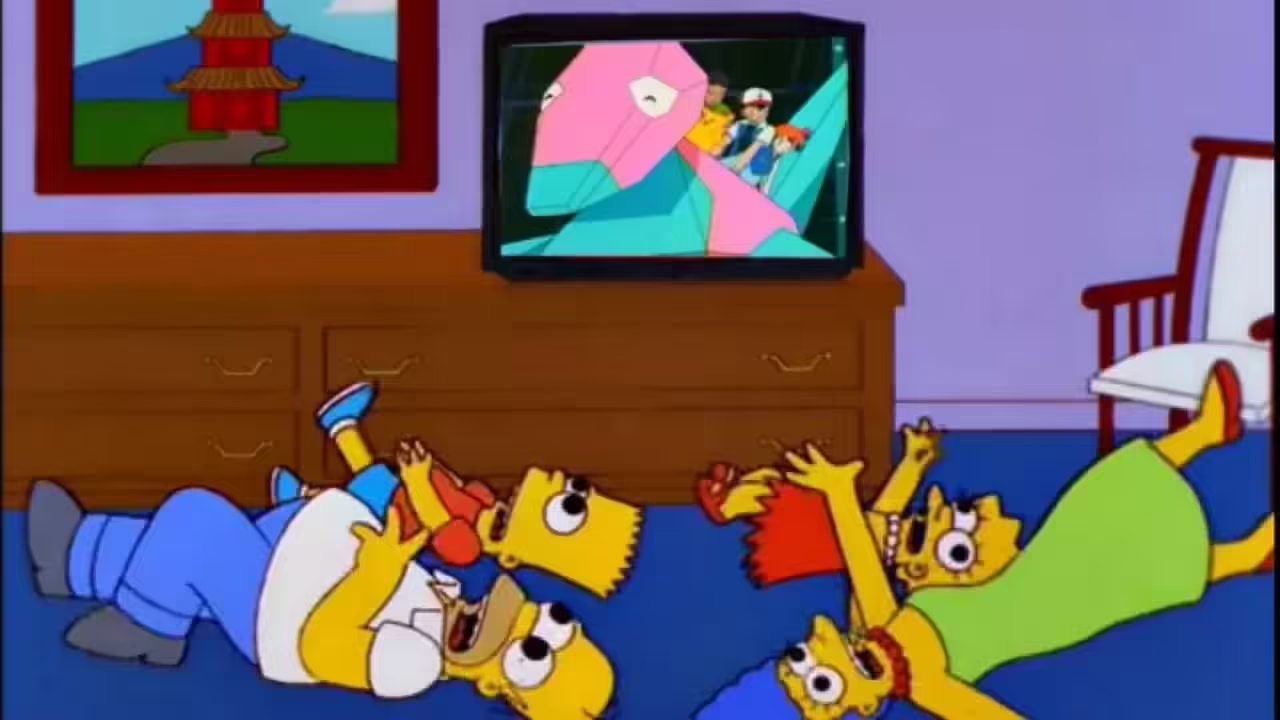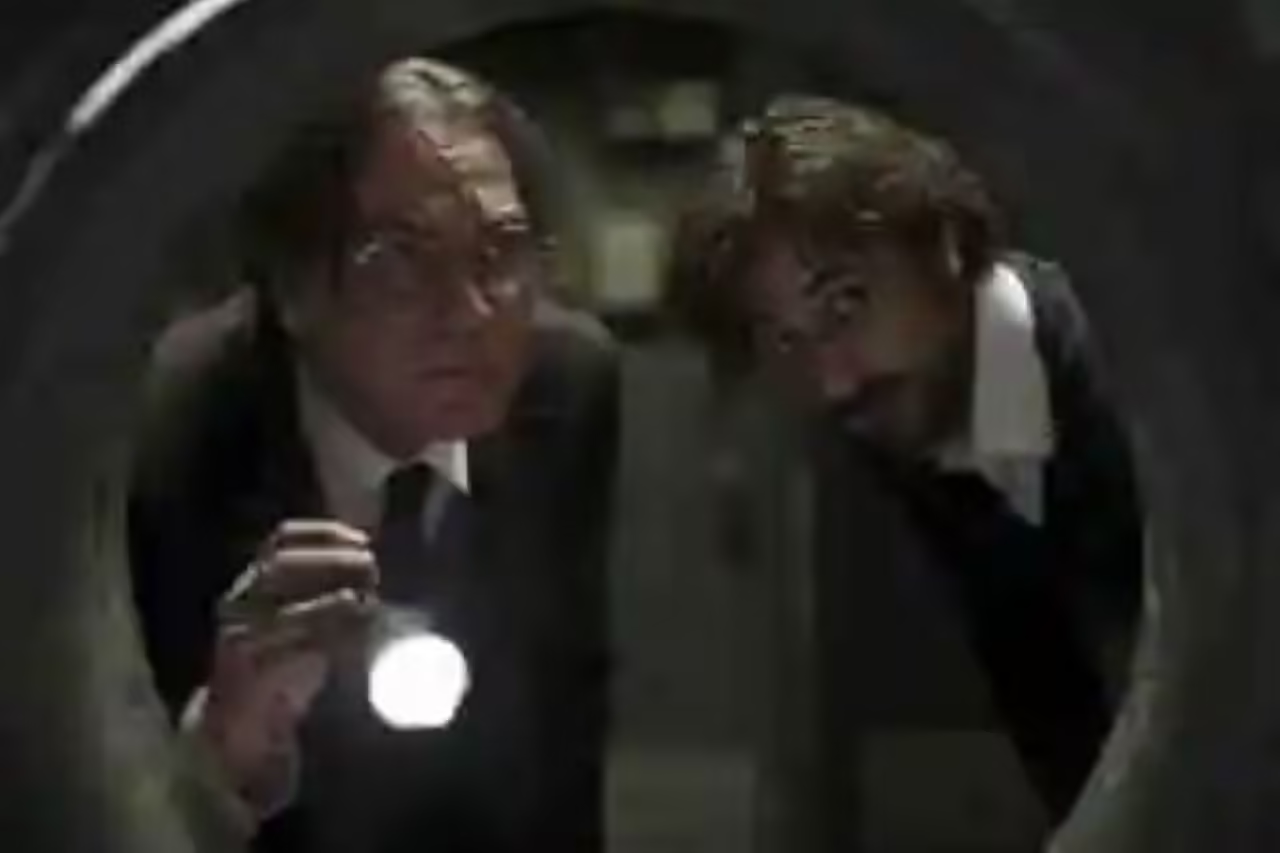
Parents of families of this era usually leave their children in front of the TV, confident that they will remain entertained and quiet. But a large number of Japanese families never imagined what would happen to their little ones, allowing them to enjoy an episode of one of the most watched series in the world. Let’s take a look at the story of the children who convulsed with epilepsy after watching an episode of Pokemon:
But how is it possible for a cartoon to cause viewers to convulse?
An impressive phenomenon
Scientists attribute the causes to the scintillating scenes of the program, which is inspired by a successful video game. Those who did not convulse suffered from dizziness and fainting. For this reason, the government had no choice but to take the program off the air and force the TV network to issue an apology.
It happened on December 18, 1997, when millions of young fans of the animated series were glued to their TV screens. On that occasion, the episode called “Electric Soldier Porygon” was aired. The authorities reported 700 children throughout Japan with uncontrollable convulsions.
Most of the affected children were of school age and were referred to different hospital units, as they did not stop suffering tremendous convulsions, after seeing for a few moments on the screen an explosion of intense colors, tending to a bright red light, 20 minutes after the program started.
According to the general medical report, several of these minors had epileptic symptoms. After a few scientific studies, it was verified that when exposed to bright, brilliant and colorful glares on a TV set, it is possible to produce an anomaly called “television epilepsy”.
The testimonies of several parents are surprising. They affirm that many of them do not remember anything at all of that program, as if they had never seen it, even though it was more than 20 minutes of adventures, but there came an instant when the lights and images changed aggressively 54 times in less than five seconds.
“I was scared to death when I saw my daughter suddenly lose consciousness. She only started breathing again after I patted her back,” said one of the mothers. Some told of having to resuscitate those affected, with heart massages.
There were quite a few children who debated between life and the afterlife, in intensive care wards. All this caused a great commotion in the Japanese population and it became evident that this kind of productions that use these audiovisual techniques cause brain injuries that can be severe, according to the doctors who analyzed the case.
In those years, Pokemon was a worldwide fad and that was the prime time slot. For his part, Hiroshi Yamauchi, the company’s director, firmly denied that the Pokemon animated series or video games caused anything similar.
Hidden intentions in entertainment companies?
But similar events have happened with video games. At the beginning of the millennium, Nintendo swept sales with Pokemon, but in some parts of the world epileptic seizures caused by the same were reported, so Nintendo took a stand and decided to attach a label on its products, warning of possible seizures by carefully observing the images of the game.
When the warnings were already visible on the videocassettes of the game, a good part of the parents were reassured by the denunciations.
The cartoon industry, which in Japan is broadcast on all media channels, is one of the most productive and wealthy, a business that generates millions of dollars in profits. And although there have been all kinds of episodes that have had a negative impact on the audience, there were few losses in general terms that these entertainment companies have incurred as a result of the issue.
Experts estimate that Japan and several other countries are nations addicted to cartoons and for this reason, not even the seriousness of these events could hit this multi-million dollar industry hard.
Also known as “photosensitive seizures” or “photosensitive epilepsy” are a rare but well-known phenomenon. These seizures are caused by exposure to patterns of light and rapid movement on the screen that can trigger an abnormal response in the brains of some people prone to epilepsy. Anime and video games, in particular, may contain these patterns due to their visually dynamic nature and often use flickering and fast motion effects to create an exciting experience.
It is important to mention that only a small percentage of people with epilepsy are photosensitive, and most people do not have seizure problems when watching anime or video games. However, for those prone to photosensitive epilepsy, it is advisable to avoid these patterns of light and movement or seek the help of an epilepsy specialist.
And while the television network that aired the episode of the electric soldier Porygon at the time was forced to remove the Pokemon series from its schedule, it eventually resumed it and all the others, as if nothing had happened.







